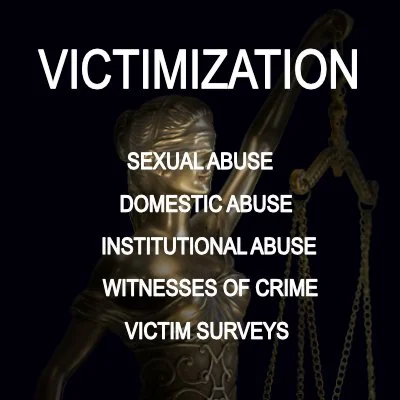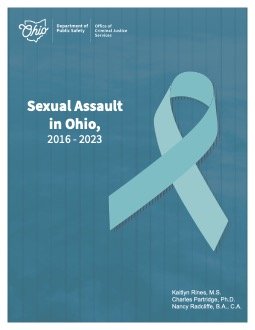By Heather Wolbers, Timothy Cubitt, Sarah Napier, Michael John Cahill, Mariesa Nicholas, Melanie Burton and Katherine Giunta
Sexual extortion is a form of blackmail in which a perpetrator threatens to release intimate material of a victim unless they comply with certain demands. We examine the prevalence and nature of sexual extortion among a sample of 1,953 adolescents residing in Australia.
More than one in 10 adolescents had experienced sexual extortion in their lifetime (11.3%), one in three of whom experienced more than one instance. More than half experienced sexual extortion before the age of 16, and two in five were extorted using digitally manipulated material. Two-thirds of those who experienced sexual extortion had only ever met the perpetrator online, and there were important differences in experiences between genders.
Preventing children from being sexually extorted should be a priority for social media and messaging platforms, and should be a collaborative effort across multiple sectors.
Trends & issues in crime and criminal justice no. 712.
Canberra: Australian Institute of Criminology. 2025. 25p.





















